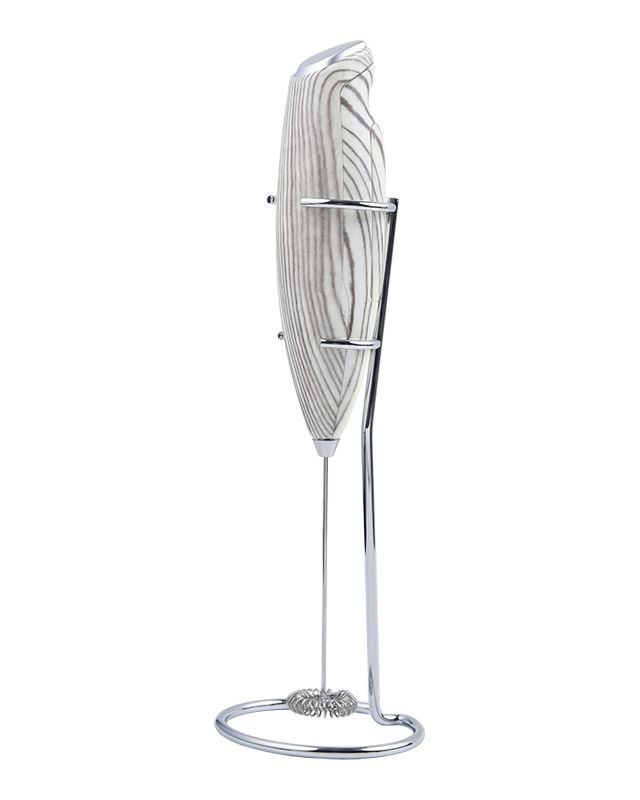The frothing process is most effective when milk is heated to an optimal range of 150°F to 155°F (65°C to 68°C). At this temperature, the proteins in milk—particularly whey and casein—are positioned to stabilize air bubbles efficiently. When air is incorporated during frothing, these proteins create a network that captures and holds the air, resulting in a creamy, velvety foam. The ideal temperature not only promotes proper foaming but also enhances the flavor profile of the milk, contributing to a more enjoyable drinking experience. For users, achieving this temperature can transform a simple cup of coffee into a barista-level creation, enhancing both taste and texture.
On the other hand, heating milk beyond 180°F (82°C) can lead to scalding, which negatively affects both flavor and quality. Scalded milk develops an undesirable burnt taste, resulting from the breakdown of proteins and sugars at high temperatures. This not only diminishes the overall enjoyment of the beverage but also alters the texture of the foam. When milk is scalded, the proteins lose their ability to create stable structures, leading to larger bubbles that result in an unstable and grainy foam. This texture can significantly compromise the mouthfeel of the drink, making it less pleasurable. To avoid these pitfalls, users should invest in accurate thermometers or utilize coffee foam mixers equipped with temperature controls, ensuring they stay within the desired range.
Temperature also plays a critical role in determining the volume of foam produced during frothing. Warm milk has a higher capacity to expand, allowing for greater incorporation of air. As the milk heats, the fats and proteins become more pliable, enabling them to create a greater volume of foam. This is particularly beneficial for beverages such as lattes, cappuccinos, and macchiatos, where a thick layer of froth is essential. Conversely, milk that is too cold will not expand adequately, resulting in less foam and a denser texture that lacks the desired lightness. This difference in foam volume can substantially impact the final presentation of the drink, making it visually less appealing and potentially altering the drinking experience.
The stability of the foam produced is intrinsically linked to the temperature of the milk during the frothing process. Properly frothed milk within the optimal temperature range retains its structure longer, creating a creamy layer that holds up well in coffee drinks. This stability is crucial for aesthetic appeal, as a well-formed foam can be used to create intricate latte art, enhancing the visual appeal of the beverage. Stable foam contributes to a more satisfying mouthfeel, allowing the drinker to enjoy the richness of the coffee and milk together. However, if the milk is heated beyond the recommended temperature, the structural integrity of the foam can be compromised, leading to quick deflation and an unappealing appearance. Users should also be mindful of cooling the milk slightly after heating, which can help maintain foam stability while preventing overheating.
The type of equipment used can significantly influence how well users can control the temperature of the milk during the frothing process. High-quality coffee foam mixers often feature built-in temperature settings and automatic shut-off functions that prevent overheating. Such features allow users to achieve precise temperature control, facilitating consistent results in frothing. For users who may be using manual techniques or less advanced equipment, it’s crucial to regularly monitor the milk's temperature to achieve the desired outcomes. Understanding how different mixers operate can help users choose the right tool for their frothing needs.



 English
English
 Français
Français
 Español
Español
 Deutsch
Deutsch
 日本語
日本語





























